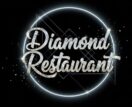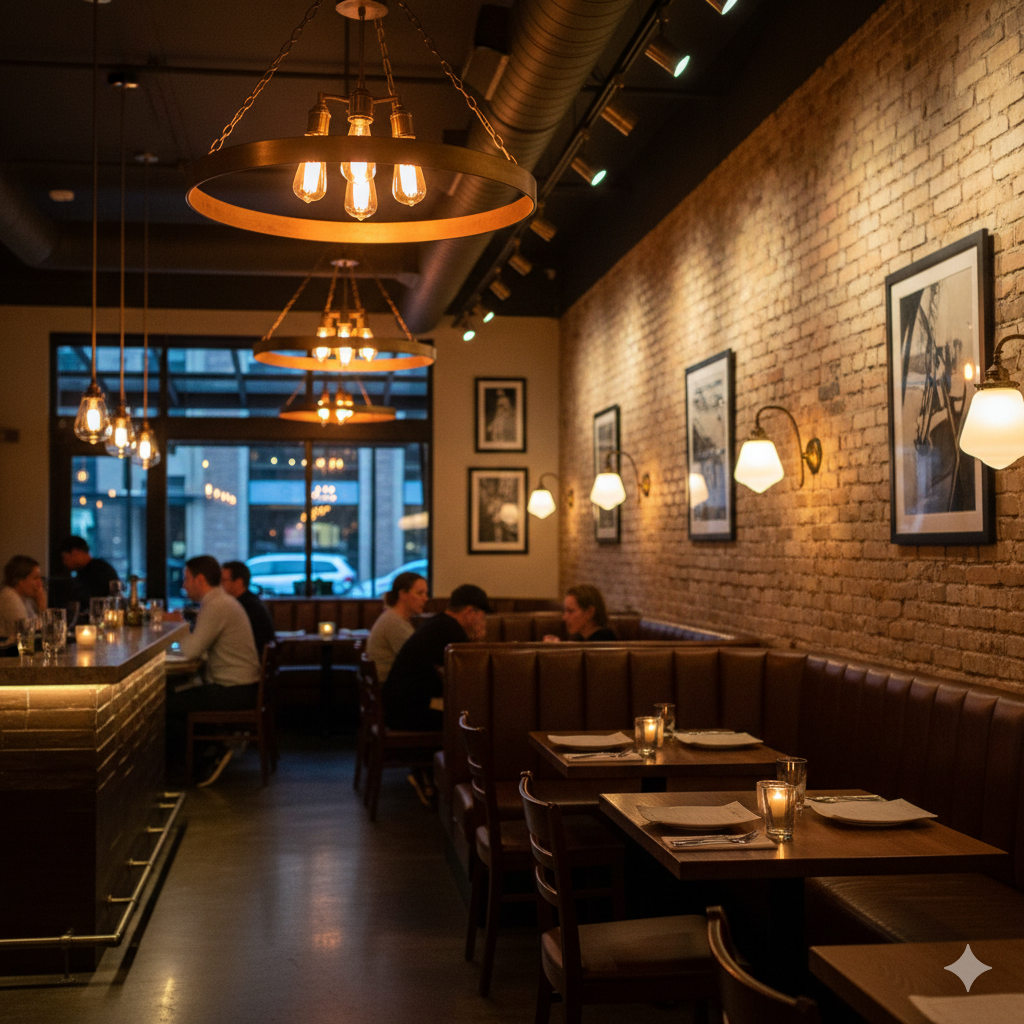To increase customer satisfaction and sales, proper restaurant lighting is an essential element in shaping the dining experience. Many restaurant owners focus only on the menu, décor, or service and overlook how proper illumination can transform the atmosphere. The right setup elevates the ambience, influences customer behavior, and can improve overall sales. In this article, we’ll explore effective strategies to revamp your space and boost your restaurant’s performance.
The right lighting elevates the ambience, influences customer behavior, and can improve overall sales. Learn more about How to Increase Restaurant Sales to maximize your profits.
Why Good Lighting is Important for Your Restaurant
How Lights Affect Customer Mood
The type of illumination immediately influences diners’ emotions. Warm, soft lights create a relaxed and intimate atmosphere, while brighter lighting energizes casual dining areas and encourages lively interaction.
Enhancing Food Presentation
Well-designed restaurant illumination highlights colors and textures of meals, making dishes more visually appealing and “Instagram-ready.” Proper lighting ensures food looks fresh and appetizing.
Impact on Customer Behavior and Sales
Strategically placed lights can subtly influence how long customers stay, what they order, and how much they spend, improving revenue and profitability.
Different Types of Lighting in Restaurants
Ambient (General) Lighting for Comfort
Ambient light provides the base illumination, creating a welcoming and comfortable setting for diners.
Task Lighting for Tables and Bars
Task lighting ensures diners can clearly see menus, food, and drinks, improving the overall dining experience.
Accent and Decorative Lighting
Accent lights highlight décor, artwork, or signature areas, while decorative fixtures add style and strengthen branding.
Ideas and Strategies to Optimize Your Lighting
Layer Lights for Balance
Combining ambient, task, and accent lights creates a layered look that balances function and mood.
Use Dimmer Controls
Adjustable lighting allows you to set the perfect ambience throughout the day or for special events.
Choose the Right Color Temperature
Warm tones (2700K–3000K) create intimacy, while cooler tones (4000K–5000K) energize casual areas.
Highlight Key Areas
Focus lights on signature dishes, the bar, or chef’s counter to draw attention and encourage orders.
Leverage Natural Light
Maximize daylight to enhance mood, reduce energy costs, and make food appear more vibrant.
Maintain Consistency in Design
Ensure lighting is uniform and aligns with your restaurant theme to avoid unappealing or confusing spaces.
Common Mistakes to Avoid
- Too Bright or Too Dim Lighting – Extreme conditions can make guests uncomfortable.
- Overuse of Decorative Fixtures – Should enhance décor, not overwhelm it.
- Ignoring Energy-Efficient Options – LED bulbs save costs and support sustainability.
- Neglecting Maintenance – Dirty or flickering lights detract from customer experience.
Summary
Boosting customer satisfaction and sales isn’t just about food or service; smart restaurant illumination plays a strategic role. Layered lights, accent features, and the right color temperature create a unique and enjoyable atmosphere. Properly executed lighting keeps diners happy, encourages repeat visits, and increases revenue.
“Increasing customers’ satisfaction and sales for your restaurant is more than a financial investment; restaurant lighting is a strategic move. For more ways to increase restaurant sales and improve customer experience, refer to industry guides like the National Restaurant Association.

